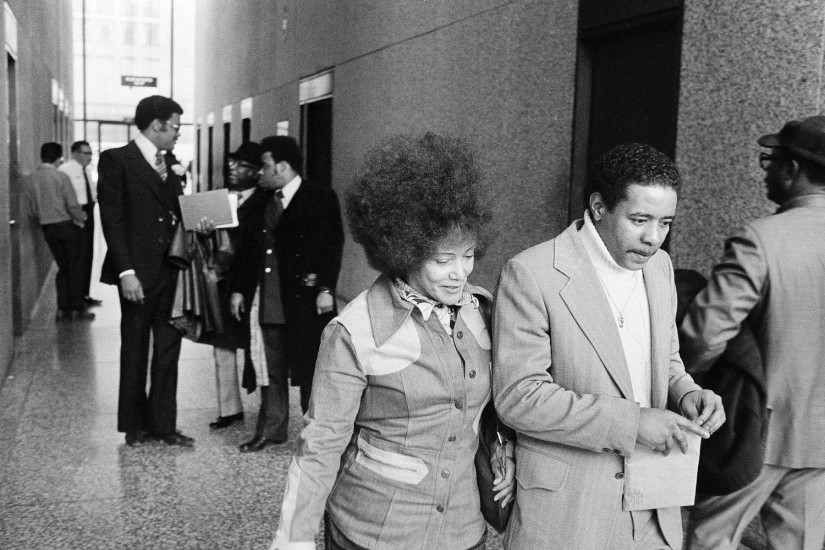“No one’s life lends itself to simple lessons and easy answers,” Josh Levin writes in the opening pages of his new book The Queen, and Linda Taylor’s “was more complicated than most.” As his book goes on to prove, that is in many ways an understatement. Linda Taylor may not be a household name, but anyone in this country is likely familiar with a different moniker she was given: the welfare queen.
In fact, the welfare queen trope has made a comeback in our current politics. It appeared when former Speaker of the House Paul Ryan decried inner city residents “not even thinking about working or learning the value of the culture of work.” It courses through President Trump’s rhetoric as he’s pushed for work requirements in a variety of public programs, arguing, “We must reform our welfare system so that it does not discourage able-bodied adults from working.”
And it was all based on one arguably minor facet of an actual woman’s complex life: her use of fake names and fake sob stories to get public benefits. Meanwhile, it ignored both the racism and sexism she faced throughout her life, as well as the far more horrific crimes she perpetrated—crimes that were simply of no political use to the men who wielded her story like a weapon. The strength of The Queen lies in Levin’s meticulous scouring of the historical record to paint a picture of a woman who was infuriatingly difficult to pin down during her lifetime, resurrecting a biography of the person who would become the ur–welfare queen. By examining her reality, we can finally question the very concept of a welfare queen and deconstruct a myth spun out of selective details.
